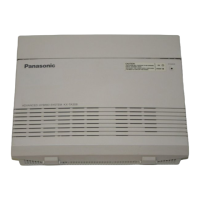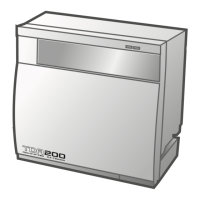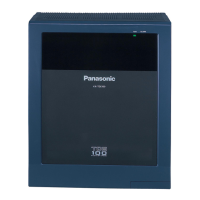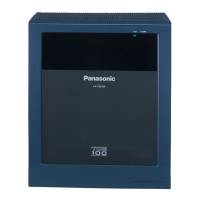1.1 Before Operating the Telephones
16 Operating Manual
When You Use a Panasonic Proprietary Telephone
If you use a Panasonic proprietary telephone and the Console, they may have some of the useful feature
buttons described below. For a PS user, refer to "Operating Instructions" for PS. These buttons make
operations simple. The illustrations may differ from the buttons on your telephone.
Fixed Buttons
Press the corresponding feature
button on the proprietary telephone.
Ta lk .
Enter the required number.
<Example>
Enter the account code.
You will hear a busy, confirmation,
dial, ring or ringback tone.
B. Tone: Busy Tone
C. Tone: Confirmation Tone
D. Tone: Dial Tone
R. Tone: Ring Tone
R. B. Tone: Ringback Tone
Dial an extension number. Dial outside phone number.
Dial the telephone number.
Press any dial key (0–9, , #).
CO:
Used to make or receive an outside call.
(Button assignment is required.)
Also used as feature buttons. (Button
assignment is required.)
(Only the CO line "number" [e.g., 1, 2]
may be shown on some telephones.)
SP-PHONE:
Used for hands-free operation.
AUTO DIAL/STORE:
Used for System/Personal Speed Dialing
or storing program changes.
PAUS E:
Used to insert a pause when storing a
telephone number. This button also
functions as the PROGRAM button when
there is no PROGRAM button on your
telephone.
REDIAL:
Used to redial the last dialed number.
MESSAGE:
Used to leave a message waiting
indication or call back the party who left
the message waiting indication.
INTERCOM:
Used to make or receive intercom calls.
AUTO ANS (Auto Answer)/MUTE:
Used to receive an incoming call in
hands-free mode or mute the microphone
during a conversation.
MONITOR:
Used for hands-free dialing. You can
monitor the party's voice in hands-free
mode.
HOLD:
Used to place a call on hold.
desired no.
account code
extension no.
outside
phone no.
phone no.
dial key
(CO)
SP
-
PHONE
MONITOR
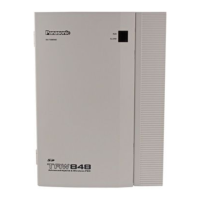
